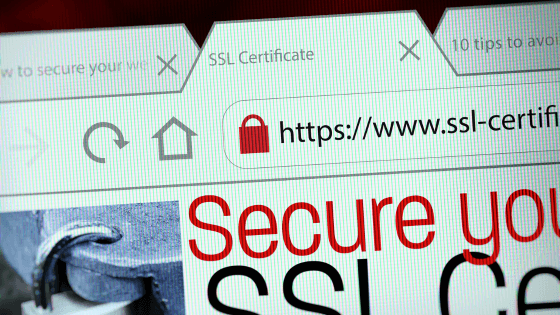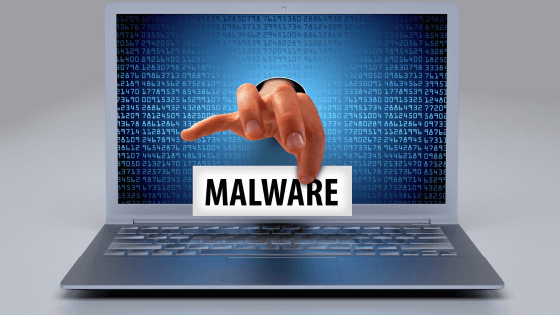Securing Your Website from Malware: Effective Strategies and Tools
Did you know that over 1 million new malware strains are being created daily? One infection is all it takes for Google to blacklist your website, with over 10,000 sites blacklisted daily, even if the malware isn’t on your site. Unfortunately, small to medium-sized enterprises (SMEs) are prime targets for cyber attacks, with over 30,000 SME websites targeted each day.
Shockingly, nearly 60% of IT professionals in SMEs believe they are not at risk of an attack. Don’t risk expensive damages (averaging $50K per attack) to your business and customers’ private data. Be proactive and protect your website with these 10 website malware protection methods.

#1 Scan Your Site Regularly
Stay ahead of hackers by regularly scanning your site for malware. Access ManageWP’s Security Check to browse your site for vulnerabilities, malware, changed files, and blacklisting status. The feature also flags errors and outdated software, giving you the power to act swiftly and fix any potential vulnerabilities before they are exploited. Don’t wait until it’s too late, take control of your site’s security today.
#2 Use Strong Password
Ensure your password is strong and secure by avoiding common combinations or words that are easily traceable. To make a strong password, include special characters, numbers, and a mix of upper and lowercase letters. Avoid using dates that may relate to you personally, such as your birthday or significant life events. Follow these tips to safeguard your online accounts.
#3 Web Application Firewalls
Don’t let website threats keep coming back. With millions of new malware strains created every week, your site is at risk of infection every day. Protect yourself with a Web Application Firewall (WAF). Our TrueShield WAF evaluates traffic based on its source, behavior, and requested information, allowing only legitimate traffic while blocking malicious traffic like spam bots and hackers. Pair a WAF with a website scanning solution for full coverage.
#4 Monitor Device Status
Your safety depends on the device and the tools used on it. Of course, you need to check their reliability even before installation, but it’s also worth cleaning them when applications are no longer needed. If you need CleanUp, use specialized apps on your phone. With cleaner, you can quickly remove unnecessary or dangerous apps, and free up memory by cleaning up duplicate files, etc. You just need to click the download on the App Store button and launch the app. After a few moments, the data will be displayed, which you can delete.
#5 Take Regular Backups
Protect your website from malware by regularly backing it up. With a backup, you can confidently restore your site to its pre-infection state. Just remember to store your backups offsite to ensure access in case of a security breach or power outage. Easily activate the Backup feature on your ManageWP dashboard.
#6 Use SSL and HTTPS
If you don’t want search engines to warn users about the security of your website, it’s recommended that you switch to HTTPS. HTTPS is the secure version of HTTP, which encrypts all communication between your website and visitors’ browsers. To enable HTTPS, install an SSL certificate on your site, and you’ll see a green padlock or bar in your browser’s address bar. It’s no longer just for e-commerce sites – all websites should consider making the switch.

#7 PCI Compliance
The Payment Card Industry Data Security Standard (PCI DSS) is a must-follow security standard for any business that accepts major credit cards. It ensures the safety of your business and customers from cyber attacks and fraud by establishing a documented baseline security posture for your site. Non-compliance can lead to financial damages, lawsuits, government fines, and harmful loss of reputation due to a data breach. However, becoming PCI compliant is easy with solutions that offer customized policies. SiteLock® PCI compliance program goes the extra mile by scanning your site and network.
#8 Use Website Security Tools
Protect your website with advanced security measures that simulate real-world hacker attacks. Utilize powerful firewall technology to keep your site safe from cyber threats. Don’t leave your website vulnerable – take action today to safeguard your online presence.
#9 Upgrade Your Hosting Plan
Consider upgrading to a managed WordPress hosting plan or a suitable VPS or Dedicated server if you’re using shared hosting. Although the cost may be higher, these plans have enhanced security features, including 24/7 monitoring, firewalls, and SSL certificates, to safeguard your website.
#10 Conduct Security Testing
Get top-notch security testing from expert vendors through our penetration testing service. Our security engineers will evaluate your web environment’s vulnerability to cyberattacks and provide comprehensive recommendations on how to enhance your security measures. This manual and systematic assessment helps you gauge your system’s readiness to prevent hacking. With our expertise, you can prevent future attacks and tackle existing issues with confidence.
Conclusion
In summary, website malware protection is essential for any online business. Implementing the right strategies and tools can help ensure that your website stays safe from malicious threats. Invest in a malware scanner to continuously monitor your site and regularly run security updates to keep things up-to-date. Protecting user information with strong encryption protocols and regular password changes will help keep criminals away.
Additionally, it is important to be aware of current cybersecurity threats and take measures like enforcing HTTPS connections to protect the entirety of your website traffic. Securing your website from cybercriminals will provide both you and your customers with peace of mind as you continue on your digital journey.

